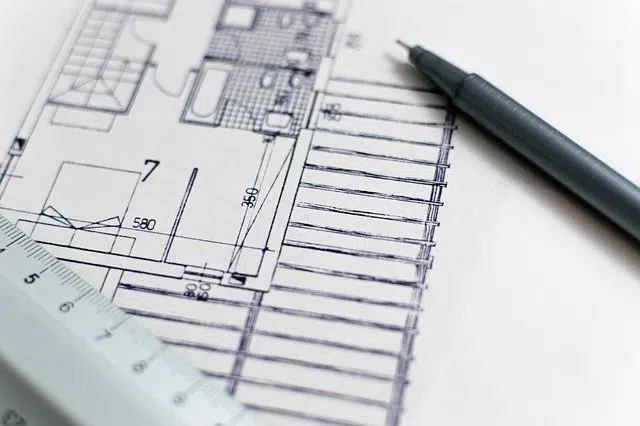
Planimetry is a resource that helps measure and represent a surface on a plane.
Planimetry is a term that was recently incorporated in the 23rd edition of the dictionary of the Royal Spanish Academy (RAE) . The concept refers to the tool focused on measuring and representing a part of the Earth's surface on a plane.
Planimetry can be understood as the part of topography dedicated to the study of the procedures and methods that are put in place to represent the details of a terrain on a flat surface to scale . What planimetry does is dispense with relief and altitude to achieve a representation in a horizontal direction.
Planimetry can be differentiated from altimetry or hypsometry , which is the branch of topography that brings together the procedures and methodologies carried out to represent the height of each point with respect to a plane that is taken as a reference. Altimetry, in this way, allows us to represent the relief of a terrain.
Expert planimetry and medical planimetry
Known as expert planimetry , on the other hand, it is the objectification of an event in a specific place and its illustration by means of a plan at the distances of its process. The objective is that this planimetry contributes to clarifying the event and determining the responsibilities or faults of the people involved in it.
Medical planimetry , on the other hand, refers to the imaginary planes that are taken as a reference to divide the body of a human being into different zones and, in this way, facilitate its anatomical study.

Forensic planimetry is important for solving criminal cases.
What is planimetric fixation
The auxiliary part of Criminalistics that is related to the collection of the corpse and the review of the scene where a crime has taken place is called Forensic Planimetry or Planimetric Fixation . It consists of the set of illustrations that are made about the place where the position of the corpses and those elements or aspects of the scene that may be relevant to reveal the mystery of said crime are observed.
The first thing that is done is to describe the situation of the body found, which allows us to know the approximate date and time of its death. Afterwards, we proceed to review the entire place and then reconstruct the events that occurred there.
To carry out this task, a particular observation method is used that requires an exhaustive examination of the scene in search of clues and evidence for the act committed. Through this analysis, evidence is extracted that will allow the subsequent clarification of the facts.
The observation technique can be of three types: sweeper, quadrant or spiral , each one responds to the way in which specialists analyze and search the accusatory evidence.
Essential rules of forensic planimetry
The three basic rules of planimetry are: precise orientation (the place of events must be located with the help of a compass, being able to locate it easily on a map), strict care of the evidence (take special care when entering the scene of the crime). crime of not spoiling the evidence and treating every millimeter of the terrain as if it were sacred) and exhaustive observation of the terrain (before starting to draw the sketch of the scene it is necessary to have observed it precisely in order to have a comprehensive image of it and to be able to capture it as more faithfully possible to reality).
Among the possible evidence that can be found at the scene and that can help solve the crime is fundamentally the element with which it was committed. They can be firearms, edged weapons, blunt weapons, shell casings, splinters, etc.
